How To Use Digital Slr Camera ?
To use a digital SLR camera, first, insert a fully charged battery and a memory card. Turn on the camera and set the mode dial to "Auto" or "Program" mode. Adjust the lens to focus on the subject and press the shutter button halfway to lock the focus. Then, press the shutter button all the way down to take the picture.
To adjust the exposure, use the exposure compensation button or adjust the aperture and shutter speed manually. To change the focus point, use the joystick or directional pad on the back of the camera.
To review the pictures, press the playback button and use the arrow keys to navigate through the images. To delete a picture, press the delete button and confirm the action.
To transfer the pictures to a computer, connect the camera to the computer using a USB cable or remove the memory card and insert it into a card reader. Use photo editing software to edit and enhance the pictures as desired.
1、 Camera basics and settings
Camera basics and settings are essential to understand before using a digital SLR camera. Firstly, it is important to know the different parts of the camera, such as the lens, viewfinder, and buttons. Secondly, understanding the camera's settings, such as aperture, shutter speed, and ISO, is crucial to taking high-quality photos.
To use a digital SLR camera, start by selecting the appropriate lens for the shot. Next, adjust the camera's settings to achieve the desired exposure. Aperture controls the amount of light entering the camera, while shutter speed determines how long the camera's sensor is exposed to light. ISO controls the camera's sensitivity to light.
It is also important to consider the composition of the shot, such as the rule of thirds and leading lines. Additionally, using the camera's autofocus and manual focus modes can help achieve sharp and clear images.
In the latest point of view, digital SLR cameras have become more advanced with features such as Wi-Fi connectivity and touchscreens. These features allow for easier sharing of photos and more intuitive control of the camera. Additionally, advancements in sensor technology have improved image quality and low-light performance.
Overall, understanding camera basics and settings is crucial to using a digital SLR camera effectively. With practice and experimentation, one can master the art of photography and capture stunning images.

2、 Understanding exposure and lighting
Understanding exposure and lighting is crucial when it comes to using a digital SLR camera. Exposure refers to the amount of light that enters the camera and hits the sensor, while lighting refers to the quality and direction of the light source. To achieve the desired exposure and lighting, there are a few key settings to adjust on your camera.
Firstly, adjust the aperture, which controls the amount of light that enters the camera. A wider aperture (lower f-number) allows more light in, while a narrower aperture (higher f-number) lets in less light. Secondly, adjust the shutter speed, which controls the amount of time the sensor is exposed to light. A faster shutter speed lets in less light, while a slower shutter speed lets in more light. Finally, adjust the ISO, which controls the camera's sensitivity to light. A higher ISO allows for better low-light performance, but can also introduce noise or graininess in the image.
In terms of lighting, it's important to consider the direction and quality of the light source. Front lighting, where the light source is in front of the subject, can result in a flat and uninteresting image. Back lighting, where the light source is behind the subject, can create a dramatic and dynamic image. Side lighting, where the light source is to the side of the subject, can create depth and texture.
It's also important to consider the color temperature of the light source, which can affect the overall color of the image. Daylight is typically considered a neutral color temperature, while indoor lighting can range from warm (yellow/orange) to cool (blue). Adjusting the white balance setting on your camera can help correct any color casts.
In the latest point of view, digital SLR cameras have become more advanced with features such as auto-exposure and auto-focus, making it easier for beginners to capture great images. However, understanding exposure and lighting is still important for achieving the desired creative effect and producing high-quality images.
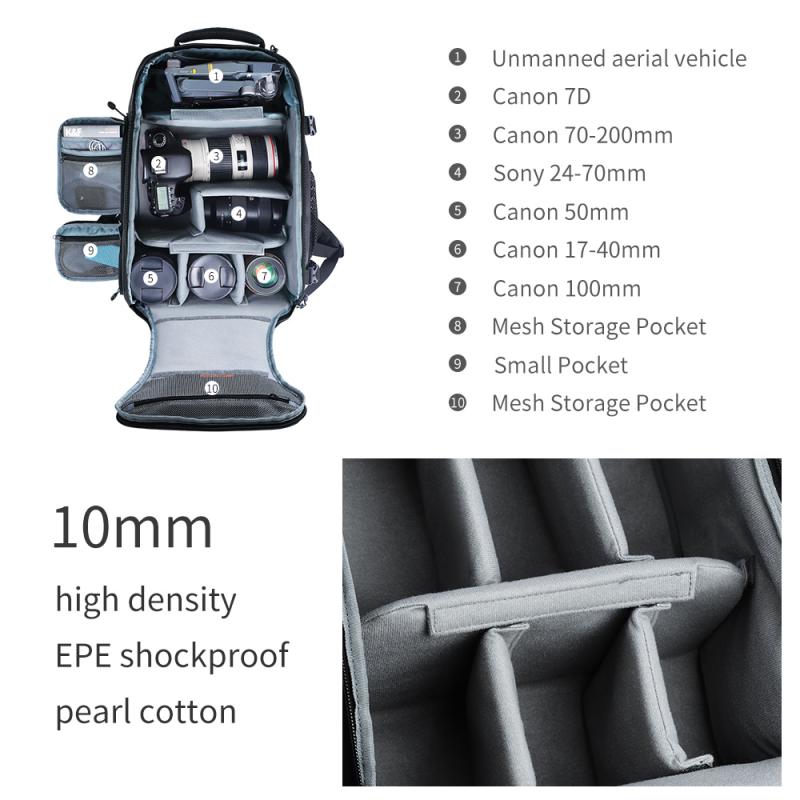
3、 Composition and framing techniques
Composition and framing techniques are essential skills for any photographer, whether you are using a digital SLR camera or any other type of camera. These techniques help you to create visually appealing and engaging photographs that capture the viewer's attention.
To use a digital SLR camera effectively, you need to understand the basic principles of composition and framing. These include the rule of thirds, leading lines, symmetry, and balance. The rule of thirds is a fundamental principle of composition that involves dividing the frame into thirds both horizontally and vertically. This creates a grid that you can use to place your subject off-center, which makes the photograph more visually interesting.
Leading lines are another important composition technique that can help guide the viewer's eye through the photograph. These lines can be anything from a road or a fence to a row of trees or a river. Symmetry is another technique that can create a sense of balance and harmony in your photographs. This can be achieved by placing your subject in the center of the frame or by using reflections.
Balance is also an important aspect of composition and framing. This involves distributing the visual weight of the elements in the photograph evenly across the frame. This can be achieved by using contrasting colors, shapes, and textures.
In addition to these basic principles, there are many other composition and framing techniques that you can use to create stunning photographs with your digital SLR camera. These include using depth of field, framing your subject with natural elements, and experimenting with different angles and perspectives.
Overall, mastering composition and framing techniques is essential for any photographer who wants to create visually engaging and impactful photographs. With practice and experimentation, you can develop your own unique style and create photographs that truly stand out.

4、 Lens selection and usage
Lens selection and usage is a crucial aspect of using a digital SLR camera. The lens you choose can greatly impact the quality of your photos and the type of shots you can capture. When selecting a lens, consider the focal length, aperture, and image stabilization.
The focal length determines the angle of view and magnification of the lens. A shorter focal length, such as a wide-angle lens, is ideal for capturing landscapes and architecture, while a longer focal length, such as a telephoto lens, is better for portraits and wildlife photography.
The aperture controls the amount of light that enters the lens and affects the depth of field. A wider aperture, such as f/1.8, allows for a shallow depth of field and is great for portraits, while a narrower aperture, such as f/16, is better for landscapes and architecture.
Image stabilization is important for reducing camera shake and producing sharp images. Some lenses have built-in image stabilization, while others rely on the camera's stabilization system.
When using a digital SLR camera, it's important to understand how to properly attach and detach lenses. Always turn off the camera before changing lenses and be careful not to touch the lens contacts or the mirror inside the camera.
In addition to selecting the right lens, it's important to understand how to use it properly. Practice adjusting the focus, aperture, and shutter speed to achieve the desired effect. Experiment with different angles and compositions to create unique and interesting photos.
As technology advances, new lenses are constantly being developed with improved features and capabilities. Stay up-to-date with the latest lens releases and consider upgrading your equipment as needed to continue improving your photography skills.
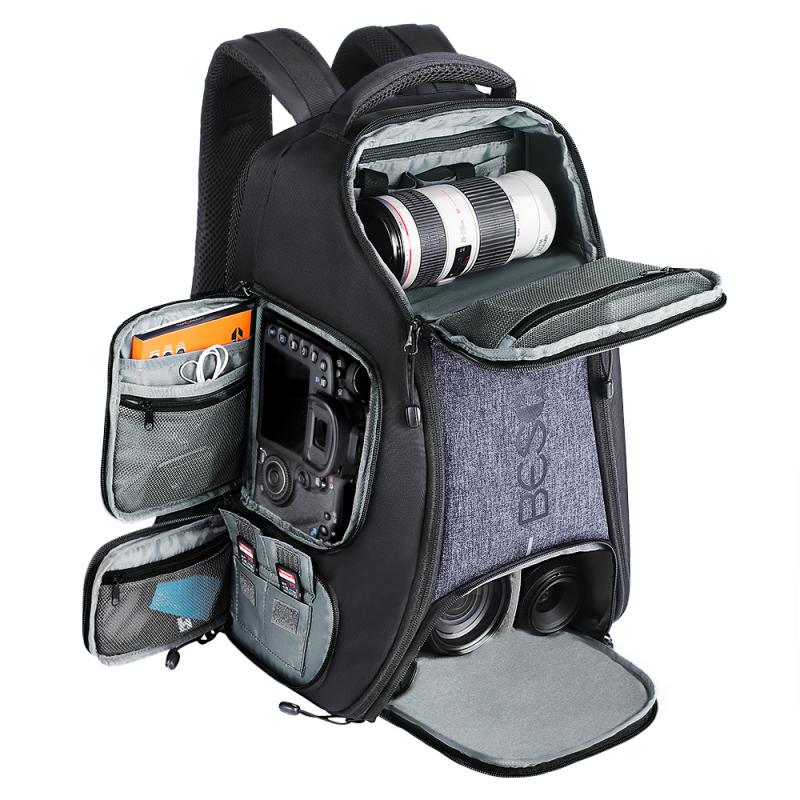

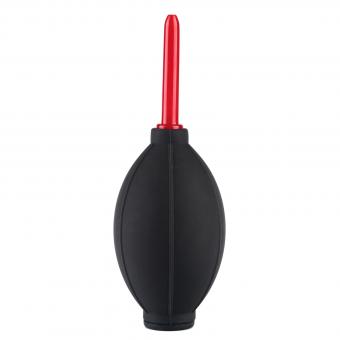








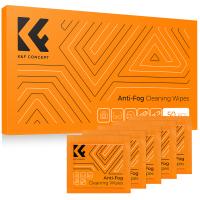
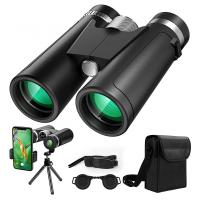


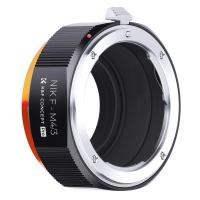

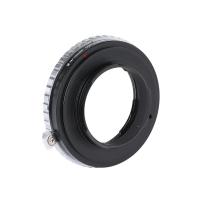






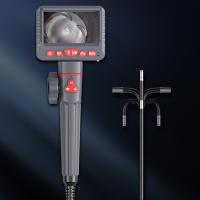
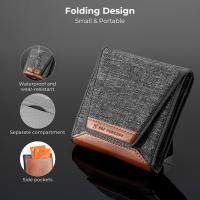
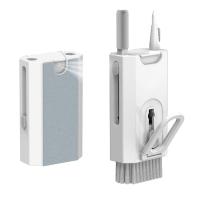
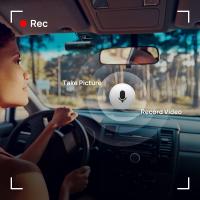
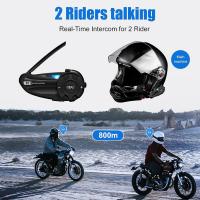
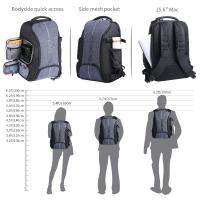
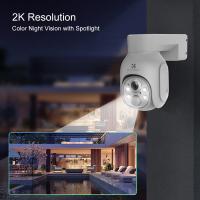
There are no comments for this blog.